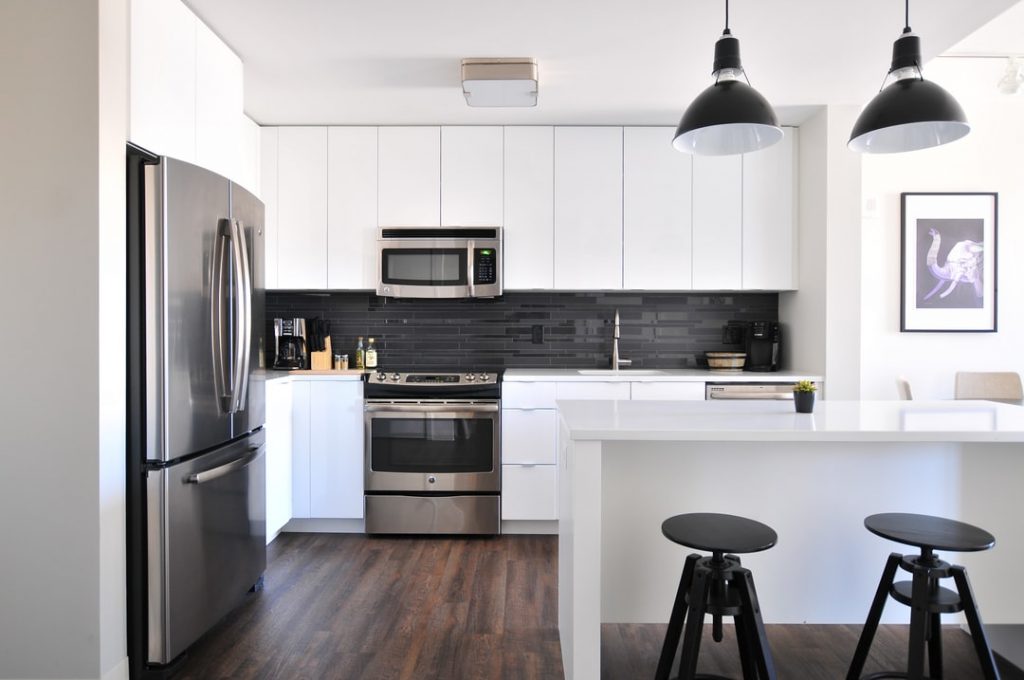
The outstanding natural landscapes of Idaho draw in thousands of people every year. From rugged mountain ranges and beautiful lakes to rolling green hills and sweeping plateaus, this state is a mecca for outdoor lovers. But, if you’re not planning on roughing it in a tent or under the stars, you’ll also need somewhere to stay.
Whether you’re planning your first camping trip to somewhere with a longer-term recreational or residential need, there are many different types of accommodation to choose from. You can always build a cabin yourself. You can also buy or rent a house or apartment.
Another option is learning more about manufactured homes in the area. In this article, we’ll take a closer look into the cost of manufactured homes in Idaho.
Cost of Building a Manufactured Home In Idaho
Idaho’s median home price is just shy of $400,000. This price doesn’t include manufactured homes, though.
Manufactured homes in Idaho prices range from $55 to $75 a square foot. So the average cost of a prefabricated home is around $117,000 by itself without the cost of the land and any site improvements. The average homeowner can afford a manufactured home, especially when you’re in a place where the cost of land improvements is minimal.
If you plan on putting your home in a metropolitan area like Idaho Falls or Boise, plan on having to put more money into land improvements. The cost of the home itself will not change, though. Idaho Falls, where the cost of land and site improvements is typically higher.
Why Manufactured Home in Idaho Prices Vary
A manufactured home costs less at the outset but also in the long run. You can wait to find that perfect piece of land that you can afford, and then you can have the manufactured home moved to your land.
Here are a few other ways you can save money with a manufactured home:
Versatility and Choices
Many people believe that because a manufactured home is prefabricated, they’re stuck with a home that looks like all other homes. Actually, though, you don’t have to settle. You still have several choices such as the initial footprint.
You can then expand your living space as your home needs to change. If you’re planning on starting a family or getting married, you can add to your home.
Energy Efficiency
Mobile homes of old had a bad reputation for being energy inefficient. There was concern that they leaked air and were cold in the winter and hot in the summer.
The most recent HUD Code requires manufactured homes to have a high level of energy efficiency. Ultimately such building codes will save you money on your utility bills.
Manufactured homes must have insulation in their walls as well as under their homes. They must also have high-efficiency water heaters and energy-efficient windows. Both bathrooms and kitchens in new manufactured homes will have energy-saving lighting and appliances plus plumbing fixtures and faucets that save water.
Mobile home manufacturers work hard to create a quality product that will save you money.
Appreciation
Manufactured homes have long been touted as a bad investment. New data, however, suggests that manufactured homes appreciate at much the same rate as site-built homes.
This means you will invest little and still earn at the same rate if you had invested a lot of money. There’s a reason more people are looking at homes like manufactured homes, mobile homes, and RVs.
Many people don’t want to invest hundreds of thousands of dollars in a structure that they will have to continue to invest in to maintain. They’d rather spend a little bit of money for a place to lay their head and then use their money for living, not for maintaining a home.
Making Money on Manufactured Homes
With such a low investment cost, manufactured homes are raising the eyes of investors in general.
When investors talk, they will use words like “risk” and “asset depreciation.” When they’re talking about real estate, they talk about occupancy rates.
Studies show that manufactured housing has a higher tenant retention rate compared to multi-family housing. This means investors are looking at mobile home parks with a keen eye and passing over apartment units.
Spreading Out Risk
Manufactured housing parks make sense. When investors purchase a park, they’re spreading their risk across a portfolio. They’ll absorb single-tenant problems and short-term vacancies because they’ll have a high number of units that are occupied.
Furthermore, the units cost less and there are fewer maintenance costs. Manufactured houses have a significantly lower cost-per-unit compared to other real estate classes.
Easier Financing
The low investment cost also allows an investor to receive financing more easily. Banks and other investors will look at manufactured home loans as low risk and be more willing to lend.
Redevelopment Possibilities
Lastly, many manufactured home parks lie on the outskirts of urban areas. As those urban areas continue to develop, the manufactured home park owner will have the option of selling their land for development.
The opportunities are endless when you invest in manufactured housing.
One More Alternative
Manufactured homes cost significantly less than an on-site built home. You can actually have the same quality of life and even more mobility with a destination trailer.
Destination trailers the all the amenities of a manufactured home, but they’re more mobile. You can take our home with you and live out your simple dream life. This allows you to see the world while still having all the comforts of a home.
Are you interested in living simply and putting more money into your pocket? A destination trailer will do just that. You can decide where you live and when you want to live there when you purchase a destination trailer.
If you’re interested in a simpler life, contact us. We have a vast selection of pre-owned and new RVs ready for your perusal in our 10,000-square-foot maintenance facility.
Give us a call today, and check out our destination trailers.
